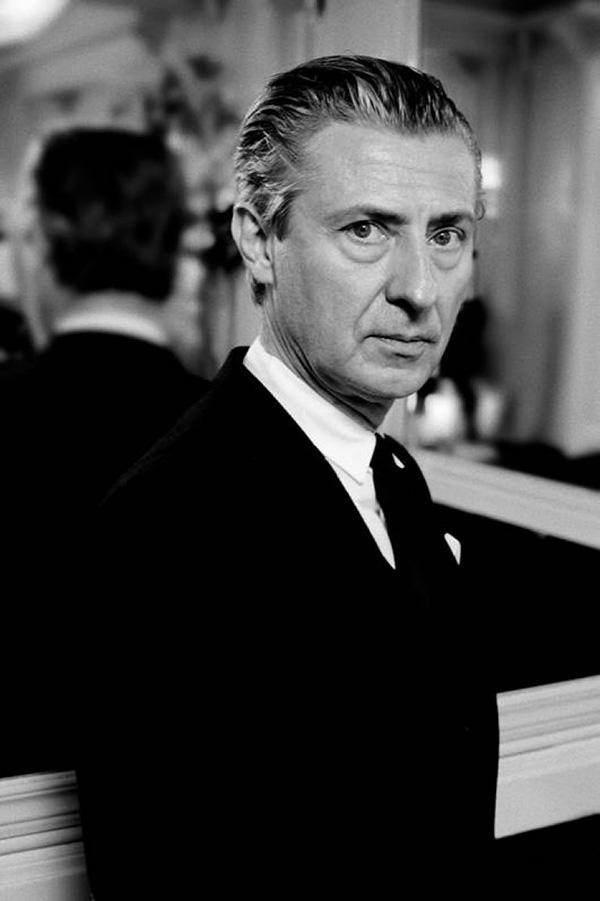
In the Arab World … Now
Edited by Jerome Sans
Galerie Enrico Navarra, 2005
With three volumes that come to 1001 glossy pages (an intentional detail proudly printed at the beginning of each volume), In the Arab World… Now is a pretty heavy object. I should know, because I dragged it from Dubai back home, and it added a few kilos to my luggage. Disclosure is in order here — I was returning to Cairo from Art Dubai, and the books were in my bag because I am, along with other artists, writers, cultural producers and almost everyone else I know, featured in the volumes.
A few months earlier, after making initial contact, a “creative team” with thick French accents came to my house and pranced around taking pictures of everything they saw, letting out a “Supercool!” every few minutes while interviewing me. An earlier effort by the same team, Made in India, was left on my table, and before I knew it, the entourage of designers, photographers, musicians, and curators was gone, and I was left alone to suffer Coffee-Table Book paranoia. The process did eventually develop into a pretty extensive online interview with Audrey Mascina that I’m happy with — but I can’t say the same for the project as a whole.
This is not a naive rant against commercialism or even the (unavoidable) processes of selection. A case for the type of eye candy that coffee-table books strive for can always be made. Mundane generalizations and the literal gloss-over — grave mistakes like confusing the Cairo-based Contemporary Image Collective with the Alexandria Contemporary Art Forum — are systemic, one suspects, to the genre. They are not the source of contention here.
A few questions to start: Why Arab art? Why now? And, who exactly was behind this?
The man behind the project is Enrico Navarra, a well-known dealer and major player in both the Indian and Chinese art markets. Navarra’s endeavors in promoting “new markets” seem to have served him well, as did his earlier dealings with lucrative safe bets like Warhol, Basquiat, and Picasso. My aim is not to criticize Navarra but rather to learn from him which way the wind blows — for the appearance of such a book is the sign of a specific moment in the art world, or in the culture business at large, and its failures are ultimately indicative of deeper issues.
We are, after all, living through seismic changes, when undeserving retro-modernists sell for 200K-plus on the Sotheby’s and Christie’s circuit and Dubai continues to beat its chest with a hysterical splurge of dollars. Is it possible to explain it all away with financial analysis of the potential of “emerging markets”? Or is there a more insidious process in which power operates? One wonders, for example, why in the 1960s, when a strong and active cultural movement in the Arab world was at its apogee, it was largely ignored by the more traditional centers of cultural power. Were they rejecting the idea of a postcolonial state’s emergence? Was their disinterest related to the movement’s strong sense of localism? Were wider transformations and shifts in power reflected in cultural value and its assignation?
The gesture of an encyclopedic endeavor such as In the Arab World… Now is essential in maintaining the illusion of a healthy environment that is ripe for investments of all sorts. The elephant in the room is the transparent attempt at raising the cultural capital of all involved — from city to dealer, from artist to public art space, and ultimately the value of the specific ethnicity in question through the evocation of a general ambience (travelers’ notes, maps, etcetera). Implicit is a denial of the work’s validity as an independent formal proposition — it is only through their association with a series of cities, presented as hip and hyper-modern yet foreign (like Dubai, Beirut, and Cairo) that the artist is validated. The book presents its readers with a seductive blend of capitalist-driven modernism and the erotic exotic. In the Arab World… Now (the three- dot pause is meaningful) presents its artists only in relation to their assumed ethnic affiliation; it becomes difficult to see them any other way. Although this is a technique that has made many a fortune — the Chinese example being the most striking yet — it has failed to acknowledge artists as producers within the very center of contemporary discursive practice.
On a more positive note the generous space given to in-depth artist interviews and hi-res images of their work allows us for once to get close to actual content. Here at last one manages to get some sense of what the artists included are involved with on both conceptual and formal levels.
In the Arab world… Now teaches us more about the idiosyncrasy of the art market than about the “Arab world” of the title. It is a market (especially in its emerging sector) that lacks the confidence to allow creative forces to operate outside its control. Its failure is epistemic more than anything else. Thus, all is well — the great drama of the emerging contemporary Arab market (accompanied by a background of occupations, military interventions, and tottering stifling dictatorships) unfolds.